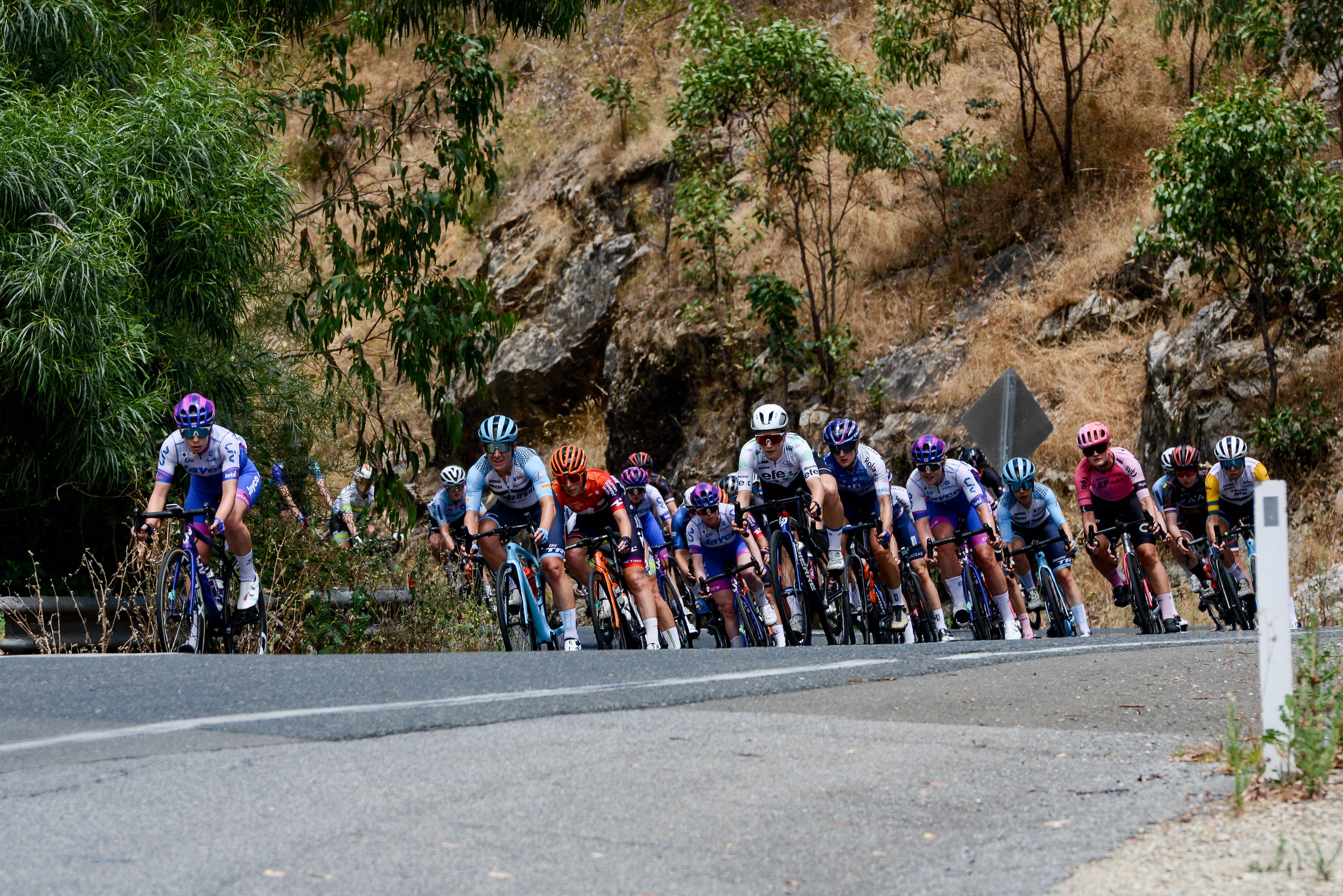Willunga Hill to be the decider at the Women's Tour Down Under
Grace Brown faces up against Amanda Spratt once again in South Australia


There are two firsts at this year's Women's Tour Down Under. The first is the inclusion of the race's longest ever stage, with 104.2km being tackled stage two from Glenelg to Stirling. The other is the first appearance of Willunga Hill, the iconic climb so often pivotal to the men's race, which will conclude the race on Sunday.
The women's event (12-14 January) is WorldTour level for the second year, but has grown yet again, with more top teams and international stars present than ever before in South Australia.
"We’ve been on an amazing journey here at the Tour Down Under," Annette Edmondson, the race's assistant director, explained on Thursday. "Last year we had six WorldTour teams, and now we have nine. We also have incredible depth in Continental teams. Biggest number of starting teams. We’re excited to see how that level boosts the race."
"I think the quality is going to be really high," Amanda Spratt (Lidl-Trek), the three-time winner of the race, said. "I think at the National Championships [won by Ruby Roseman-Gannon], that’s the first time I can remember that we have had so many riders fighting for the win.
"I think that says something for the depth of Australian women’s cycling. The other thing with the depth of the field that we have international riders coming her in form. We’re going to see that with other teams. We’ve got a number of strong riders here."
Three stages are in store for the women's peloton: likely a sprint on day one, a rolling stage to Stirling, and then the final test finishing on Willunga Hill. Many of the home riders will have raced it before during the 2021 Santos Festival of Cycling, but it is the first time it features in the race proper.
"I was eagerly waiting the course announcement, and I was super happy to see Willunga," Spratt said. "Time bonuses are going to be really crucial too. I think it’s going to be a really exciting race."
Get The Leadout Newsletter
The latest race content, interviews, features, reviews and expert buying guides, direct to your inbox!
Last year, Grace Brown (FDJ-Suez) won the race following a close fight with Spratt, with the latter looking to get revenge. Finishing atop the climb certainly favours the Lidl-Trek rider.
"I was looking to see if the descent had been cut off the profile or [what]," Brown jokes. "But we finish at the top. I think it’s really cool that we get to race up such an iconic climb. I like a challenge, so we will see how we’ll go."
"I think it’s really special to race up Willunga Hill," Spratt added. "I think it goes hand in hand with the Tour Down Under, so it’s a really good moment that we get to race up there."
Looking to upset the matchup between Brown and Spratt will be a strong looking Liv AlUla Jayco at their home race, with a team stacked full of Antipodean talent. Ella Wyllie might be backed on Willunga Hill, but Roseman-Gannon or Alex Manly could have a tilt at general classification too.

Thank you for reading 20 articles this month* Join now for unlimited access
Enjoy your first month for just £1 / $1 / €1
*Read 5 free articles per month without a subscription

Join now for unlimited access
Try first month for just £1 / $1 / €1

Adam is Cycling Weekly’s news editor – his greatest love is road racing but as long as he is cycling, he's happy. Before joining CW in 2021 he spent two years writing for Procycling. He's usually out and about on the roads of Bristol and its surrounds.
Before cycling took over his professional life, he covered ecclesiastical matters at the world’s largest Anglican newspaper and politics at Business Insider. Don't ask how that is related to riding bikes.
-
 'I'll take a top 10, that's alright in the end' - Fred Wright finishes best of British at Paris-Roubaix
'I'll take a top 10, that's alright in the end' - Fred Wright finishes best of British at Paris-RoubaixBahrain-Victorious rider came back from a mechanical on the Arenberg to place ninth
By Adam Becket Published
-
 'This is the furthest ride I've actually ever done' - Matthew Brennan lights up Paris-Roubaix at 19 years old
'This is the furthest ride I've actually ever done' - Matthew Brennan lights up Paris-Roubaix at 19 years oldThe day's youngest rider reflects on 'killer' Monument debut
By Tom Davidson Published